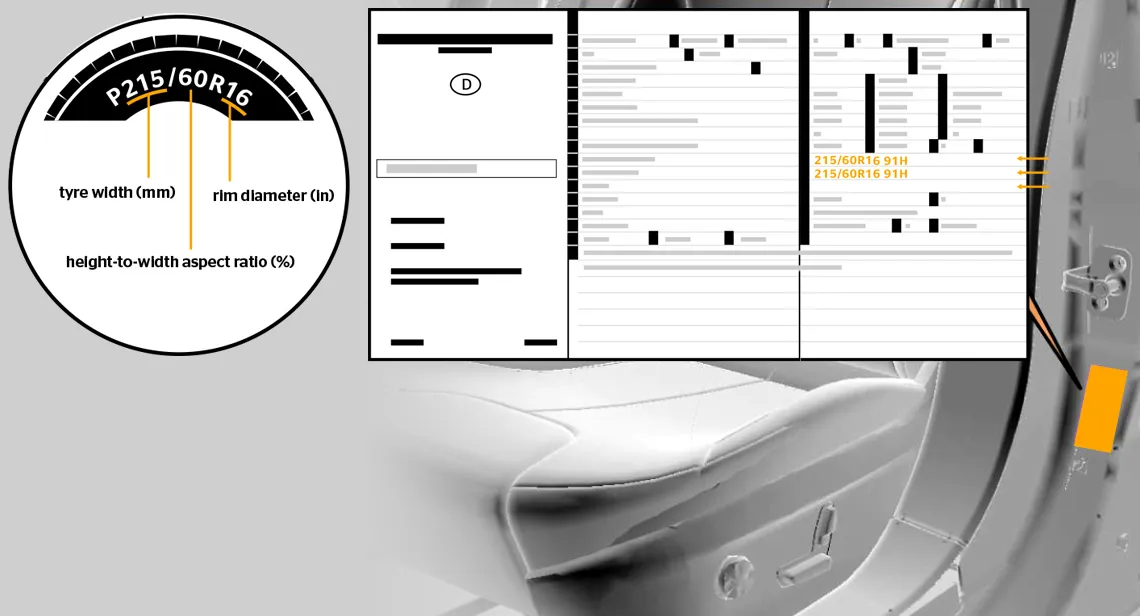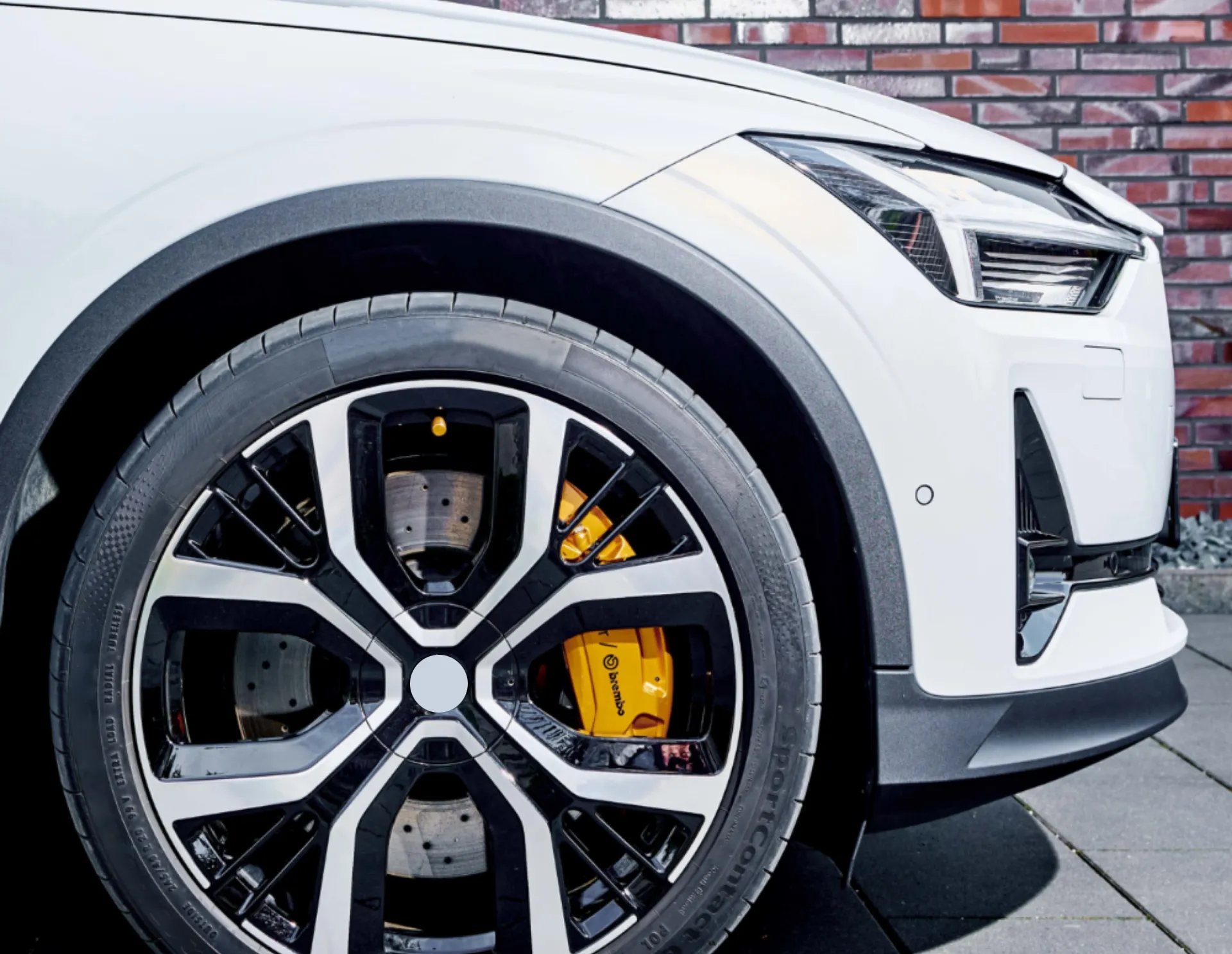
Whether you're a new driver or a seasoned veteran, avoiding an early tire change can save you valuable time. When you replace a tire, it's important to follow a few simple steps to make sure your car stays in good shape.

Prevent tyre burst by checking tire pressure
Taking preventative steps to avoid tire burst early tire change is a great way to stay safe and avoid an accident. A tyre burst is an event where we have a sudden loss of whole the air from the tire.
Most vehicles now have tire pressure monitoring systems. These devices warn drivers when the tire air pressure is low. This can help drivers avoid accidents and reduce fuel consumption.
Another way to prevent tyre burst is to rotate your tires. This will keep the rubber supple and will increase its lifespan. It also improves fuel efficiency.
Tires can lose air pressure during cold weather or during a long trip. It is important to have your tire pressure checked before and after these types of trips. If you are not sure how to do it, check your vehicle owner's manual.
If you do not have a tire pressure monitoring system, you can usually check your tire pressure with a gauge. However, you should also make sure your gauge is calibrated. This is because a poorly calibrated gauge will not give you an accurate reading.

Determine when a tire was manufactured
Whenever you purchase a new tire, you need to know the age of the tire to ensure you aren't putting it on your car before it's time to replace it. This will save you money in repairs and help you take proper care of your vehicle.
You can easily determine when a tire was manufactured by checking its date of production code. these codes are located on the sidewall of tires and are used to give information about the tires' manufacturer, type, and size.
The production date code consists of four digit numbers. The first two numbers identify the production week of tire and second two numbers consist of production year of the tire.

Check for sidewall damage and irregular wear
Having your tires checked for sidewall damage and irregular wear is a good way to avoid an early tire change. If you notice any abnormalities in your tire, you should have your tires inspected by a qualified mechanic.
A sidewall bubble on the tire is a common sign of impact damage. These are usually caused by a large impact or hitting a curb. If the bubble is left unrepaired, it can lead to a tyre burst.
Another common sign of sidewall tire damage is the presence of deep abrasions. These abrasions will be slash-like in appearance and may have rough scales. These may be caused by construction debris, or by hitting a sharp object on the road.
If you see cracks in your tire, you should get them repaired immediately. These can indicate a serious separation in the tire body. This type of damage is not usually covered by the warranty.
If you notice a lump in your tire's sidewall, you should also have it inspected. A bulge indicates a hole that has opened up. It is unlikely that you will be able to repair this type of damage.

Prevent your car from rolling while changing a tire
Changing a tire is a very dangerous task. You are not only at risk of damaging the rim, but you are also at risk of being hit by another vehicle. Therefore, it is vital that you perform the job correctly.
One of the first things to do is to locate a safe place to park your car. You should look for a level shoulder or parking lot where there is a lot of space. This will prevent your car from rolling while you are changing a tire.
Another important thing to do is to turn on the hazard lights. These will alert other drivers that you are on the side of the road and will help them slow down.
During the tire change, you should keep your hands on the wheel and brake slowly. Keeping your hands on the wheel will minimize the chance that you roll your vehicle.
While you are on the road, it is also essential that you avoid turning back to oncoming traffic. If you do need to make a U-turn, do so slowly.







